A Guide to Blood Flow Restriction Training
Blood Flow Restriction (BFR) training has been used for many years in strength and weight training to help build muscle, but it’s now increasingly being used as a rehabilitation tool to help recovery from an injury.
This multi-function has resulted in BFR training being utilised by elite sports teams to help players speed up recovery and enhance performance.
Whether you’re looking to improve muscle size, strength, or recovery, BFR training is an innovative approach that can take your training and rehabilitation to the next level.

What is BFR Training?
BFR training involves the application of an Occlusion Cuff to limbs which is then inflated causing partial restriction of the blood supply to the muscles and total restriction of the blood returning from the muscles. This results in a restriction to the oxygen supply (hypoxia) within the muscle. The increase in metabolic stress within the muscle tissue, creates an environment conducive to muscle growth and strength, even when using light weights.
BFR training enables individuals to exercise with lighter training loads (as low as 20% of an athlete's typical one-rep maximum weight) and achieve similar muscle adaptations as heavy-weight training (80% of their one-rep max).
For example if an athlete typically bicep curls with a 10kg dumbbell, they can see similar effects with only a 2kg dumbbell when using an Occlusion Cuff.

How does BFR training work?
The science behind BFR training hinges on the body’s physiological response to metabolic stress and muscle tension. When you perform any type of resistance training, your muscles experience mechanical tension and metabolic stress that signals the body to adapt by increasing muscle size and strength. In high-load resistance training, these signals are triggered by lifting heavy weights.
However, BFR training allows athletes to achieve similar results by causing blood to pool in the muscles for a short period of time.

Is BFR Training Safe?
When used appropriately, research has shown BFR training to be safe and effective.
For optimal results, always ensure that you’re using the proper equipment, following the correct procedure, and consulting with a healthcare professional if you have any pre-existing medical conditions.
A Vascular Doppler can be used with an Occlusion Cuff to ensure that the correct level of blood flow restriction is achieved. As with all equipment used for rehabilitation, we advise guidance from a qualified professional.
Who Can Benefit from BFR Training?
Occlusion Training is a versatile therapy that benefits a wide range of individuals, from elite athletes to ageing adults. Some of the key groups who can benefit include:
1. Athletes
For athletes, building strength and muscle mass is essential for performance. However, the wear and tear associated with heavy-load training can lead to injuries, joint strain, and longer recovery periods. BFR training allows athletes to experience similar gains to traditional heavy lifting but with significantly less stress on the joints and connective tissues. This makes it an ideal technique during off-season training or when recovering from an injury.


2. Rehabilitation Patients
BFR training is a game-changer in the rehabilitation world. Traditional physical therapy often focuses on exercises that avoid heavy loads to prevent re-injury or excessive strain on healing tissues. Unfortunately, this can lead to muscle atrophy (muscle wasting) and longer recovery times. BFR training offers a solution by allowing patients to regain strength and muscle mass while using low-intensity exercises, helping to speed up the recovery process without risking further injury. Studies have shown that BFR training is effective and safe for patients undergoing rehabilitation after anterior cruciate ligament reconstruction, with no adverse events reported during training interventions.
3. Ageing Adults
As we age, we naturally lose muscle mass in a process known as sarcopenia. This loss of muscle can lead to decreased mobility, reduced strength, and a higher risk of falls. BFR training offers older adults a safe and effective way to build and maintain muscle without the need for heavy weights that could strain joints and increase the risk of injury. Incorporating BFR training into a regular strength training program can help combat the effects of ageing on muscle and bone density.
4. Post-Surgery Recovery
After surgery, particularly orthopaedic surgeries like ACL reconstruction or joint replacements, patients often struggle with muscle atrophy due to immobilisation or restricted movement. BFR training is an excellent tool for post-surgical recovery, as it allows for early-stage strength training without the need for heavy resistance. This promotes faster recovery and reduces the chances of muscle loss during the rehabilitation process. Additionally, BFR training can be beneficial for post-surgery recovery by enhancing muscle growth and improving overall rehabilitation outcomes.
5. Fitness Enthusiasts and Bodybuilders
Even for those without injuries, BFR training can enhance traditional workout routines. By incorporating BFR training into lighter training days, fitness enthusiasts and bodybuilders can prevent overtraining, allowing their muscles to recover while still promoting hypertrophy and strength gains.
Key Benefits of BFR Training
1. Muscle Hypertrophy
One of the primary benefits of BFR training is its ability to induce significant muscle growth. Research shows that BFR training, when combined with light weights or low-intensity exercises, can lead to similar levels of muscle hypertrophy as heavy resistance training. This is achieved by creating high metabolic stress in the muscle, which stimulates mTOR signalling, a key pathway involved in muscle growth.
2. Increased Strength
Despite using lighter weights, BFR training can also lead to increases in muscle strength. The metabolic stress caused by restricted blood flow forces the body to recruit more muscle fibres, including those fast-twitch fibres that are typically activated during high-load training. Over time, this increased fibre recruitment leads to greater strength gains.


3. Reduced Joint Stress
One of the most significant advantages of BFR training is that it allows for muscle and strength gains without the need for heavy weights, which can place excessive stress on the joints. This is particularly beneficial for individuals with joint pathologies like osteoarthritis or injuries like osteochondral defects that prevent them from heavy lifting.
4. Enhanced Muscle Recovery
BFR training is not only useful for building muscle and strength, but it can also aid in recovery. By using BFR training in conjunction with low-load exercises, athletes and fitness enthusiasts can promote blood flow to the muscles and reduce delayed onset muscle soreness (DOMS) following intense workouts.
5. Cardiovascular Endurance
Studies have shown that BFR training can also improve cardiovascular endurance. Low-intensity aerobic exercises such as walking or cycling, when performed with The Occlusion Cuffs, can lead to improvements in VO2 max (a measure of cardiovascular fitness) and overall endurance. This makes BFR training an excellent option for individuals looking to improve both strength and cardiovascular health simultaneously.
Whether you’re a fitness enthusiast aiming to optimise muscular gains, an athlete recovering from an injury, or an elderly individual looking to maintain muscle mass, Occlusion Training offers an innovative approach to improving muscular strength and size without the need for heavy training loads.
Occlusion Training is backed by a strong body of scientific literature, and over the last number of years has been regarded as one of the most exciting topics to be researched by academics in sports science and rehabilitation therapy.
Key features of the Occlusion Cuff Pro include:
- Comfortable and easy to use
- Simple one-handed application
- Available for arms or legs
- State-of-the-art fastening loop
- Dynamic high-performance material
The Occlusion Cuff Pro is a valuable tool for anyone looking to improve their fitness and performance. It is a safe and effective way to achieve results, even with low-intensity exercise.
As always, we recommend you seek professional advice when incorporating Occlusion Training into your exercise and recovery program.
Occlusion Cuff Vascular Doppler: A Necessary Tool for Blood Flow Restriction Training
What is a Vascular Doppler?
The Occlusion Cuff Vascular Doppler is a non-invasive medical device used to measure blood flow velocity. It uses ultrasound technology to send sound waves into the body. These waves bounce off blood cells and return to the device, where they are analysed to determine the speed and direction of blood flow.
How is it Used in Blood Flow Restriction Training?
In BFR training a Vascular Doppler is used to ensure that the correct level of blood flow restriction is achieved. By monitoring blood flow velocity in the restricted limb, trainers can adjust the tightness of the tourniquet or cuff to maintain a specific level of blood flow.
Benefits of Using a Vascular Doppler in BFR Training
Safety: Using a Doppler helps to ensure that the blood flow restriction is not excessive, reducing the risk of injury or tissue damage.
Accuracy: By measuring blood flow velocity, the Doppler provides a more accurate assessment of the level of blood flow restriction compared to relying solely on subjective methods.
Consistency: The Doppler can help to maintain consistent levels of blood flow restriction across multiple training sessions, which is important for optimal results.
It's important to note that using a vascular Doppler for Occlusion Training should be supervised by a qualified healthcare professional. Incorrect use of the Doppler or improper application of the tourniquet can lead to serious complications.


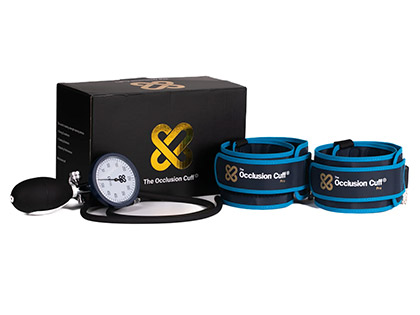
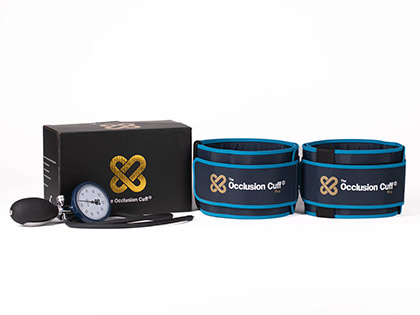

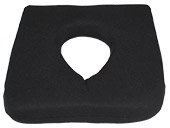


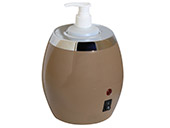


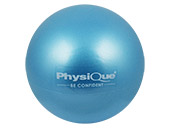
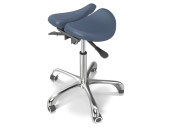
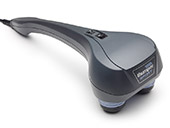
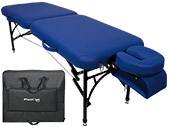
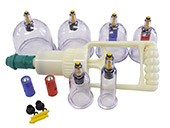
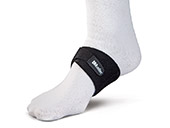

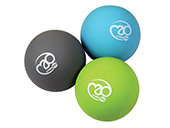
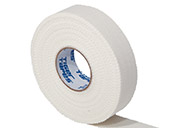
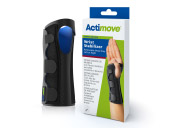
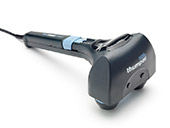
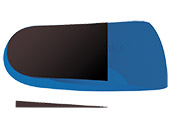
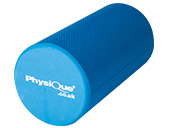
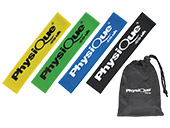

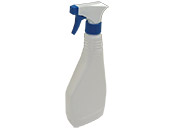
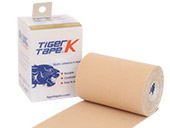
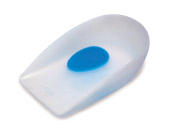
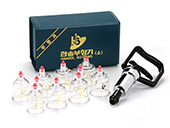
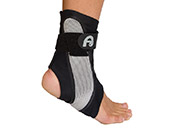
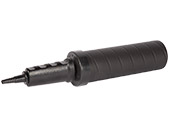
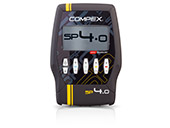
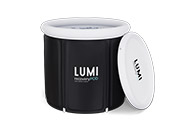
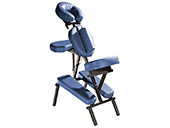
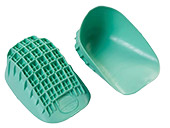

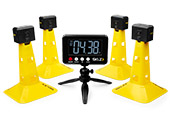
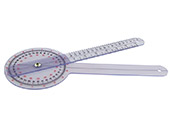
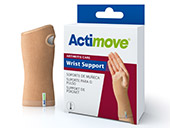


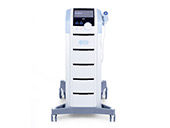



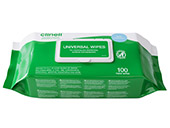
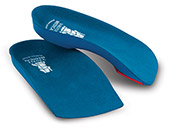

Did you find this article useful?
Why not share this with a colleague, patient or friend?